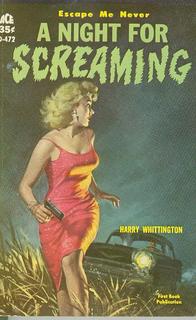 In spite of having written 1o previous novels about child-finder Jack Liffey, John Shannon hasn't attained the huge sales his novels would seem to warrant. Liffey's a great protagonist who's gone through a lot of changes over the course the series. So have the other continuing character. In fact, keeping up with Liffey's ex-wife; his live-in friend, Gloria, a burned-out cop; and his daughter is part of the pleasure of reading Shannon's work.
In spite of having written 1o previous novels about child-finder Jack Liffey, John Shannon hasn't attained the huge sales his novels would seem to warrant. Liffey's a great protagonist who's gone through a lot of changes over the course the series. So have the other continuing character. In fact, keeping up with Liffey's ex-wife; his live-in friend, Gloria, a burned-out cop; and his daughter is part of the pleasure of reading Shannon's work.
Another pleasure is the caring, compassionate Liffey, a committed, well-read man who's as interested in helping people as he is in making money. He reminds me a little of the protagonists created by Dennis Lynds in his crime novels under various names, and like those Lynds characters, Liffey has a definite point of view and doesn't care who knows it.
This time out he's hired to find a wandering daughter, a girl sometimes known as Blue because she cares so much for the Palos Verdes Blue butterfly. That's two meanings for the blue of the title, and third one is obvious from the tone of the novel. Palos Verdes isn't what it once was, and Liffey's saddened by the changes as he encounters territorial sufers, skinheads, and others. While he's looking for Blue, he befriends a young illegal, Jaime, who becomes as much a part of the plot as Blue. Meanwhile, Liffey's daughter, Maeve, who's going through an identity crisis of her own, wants to help Jack out. That leads to some serious complications. And if that's not enough Jack's dog, Loco, has cancer. Oh, and Gloria's having problems, too.
All this leads to a slam-bang climax. So what's not to like? Why isn't everyone jumping on the Shannon/Liffey bandwagon? It's not too late. Read this book. You won't be sorry.













